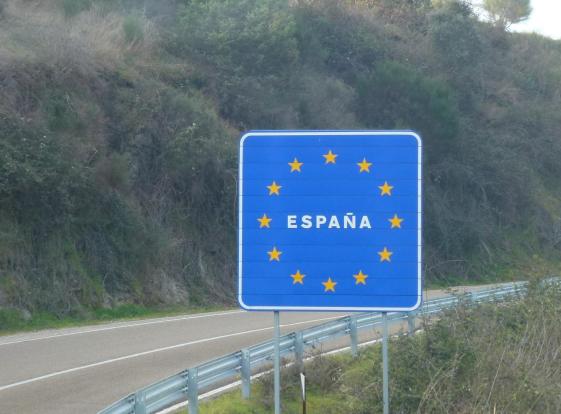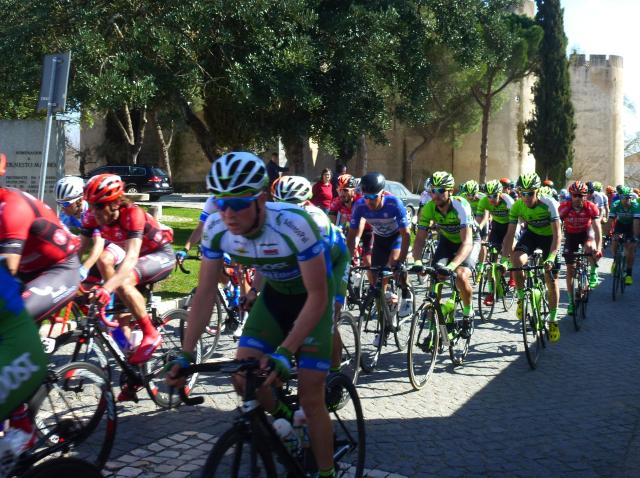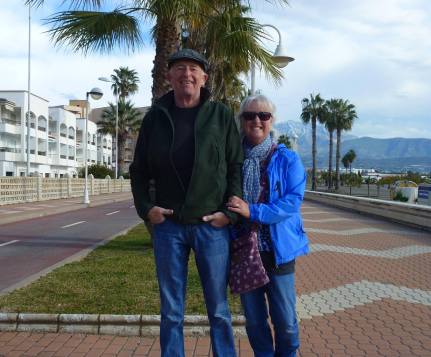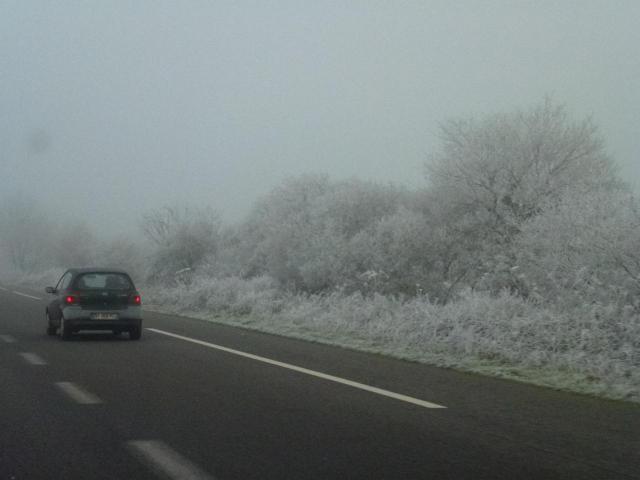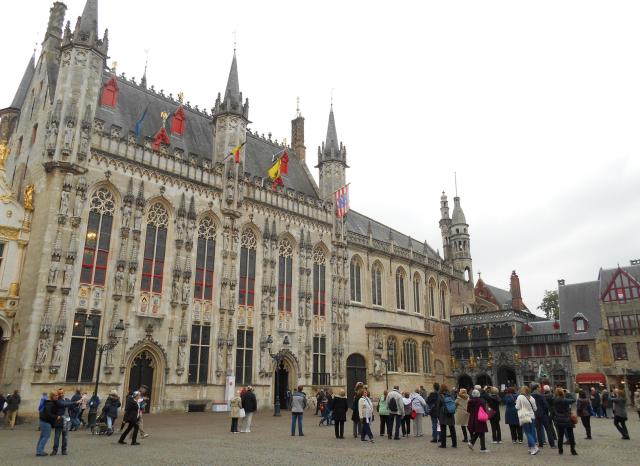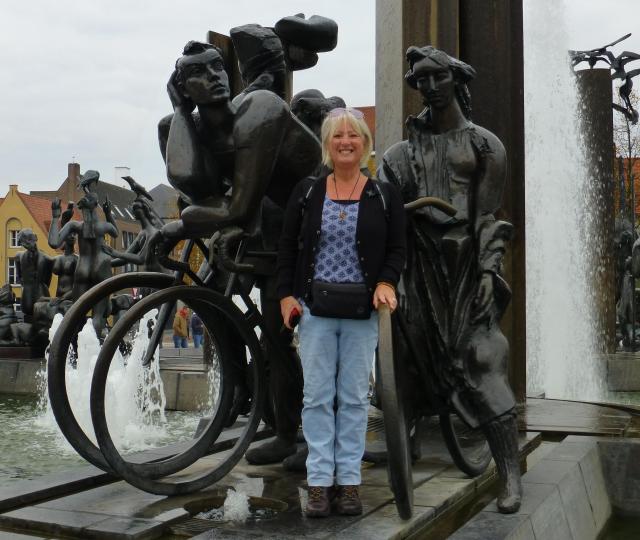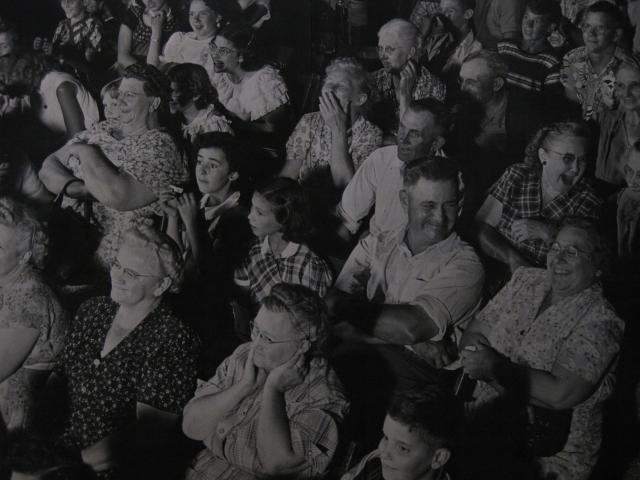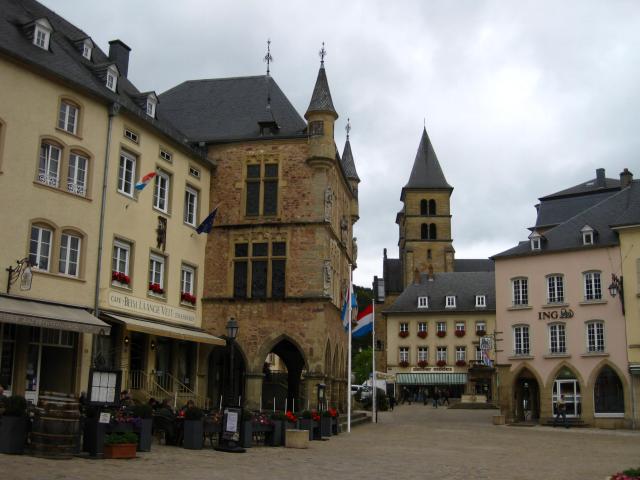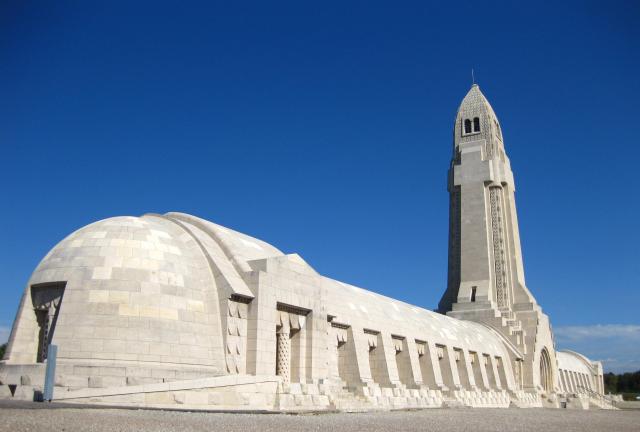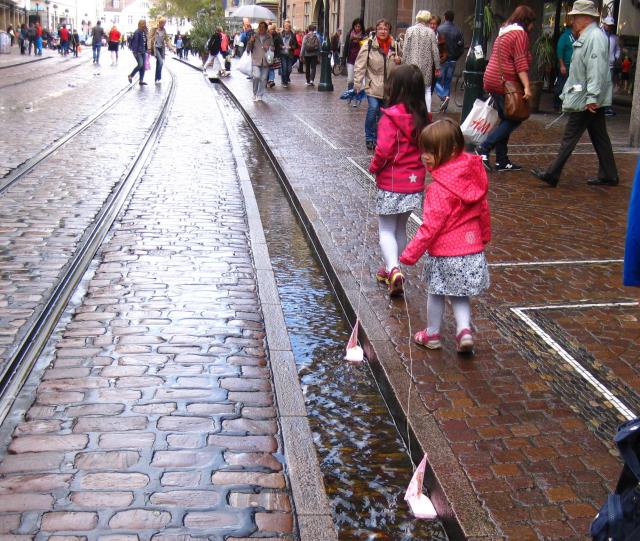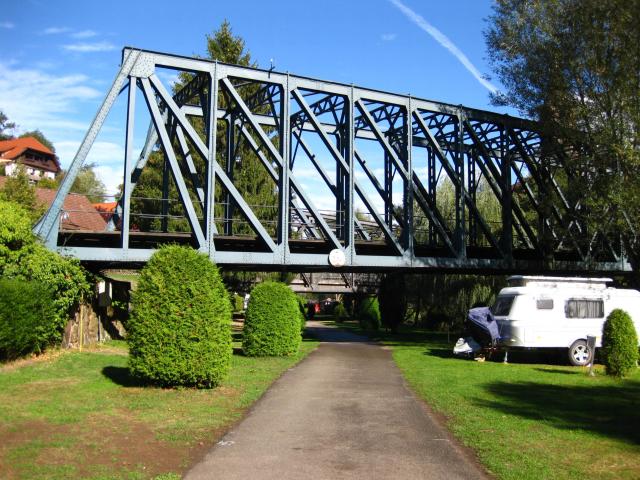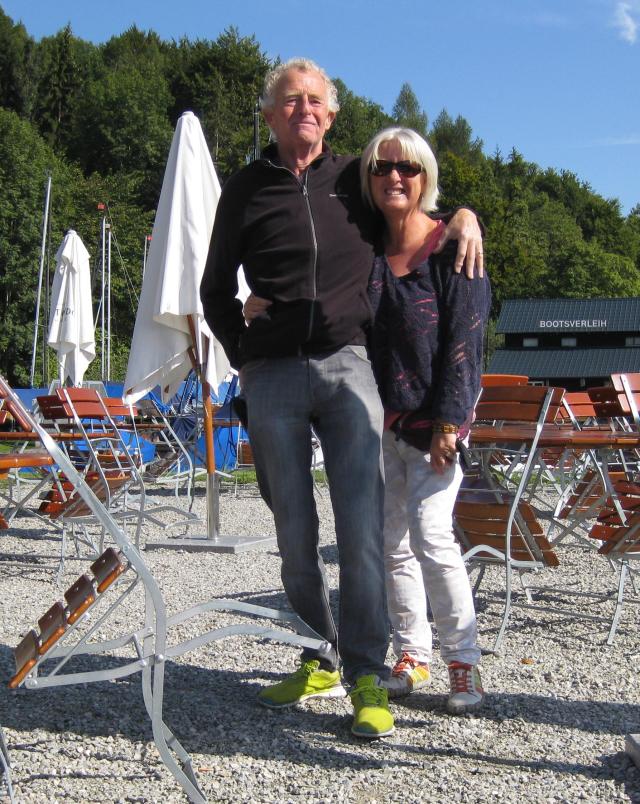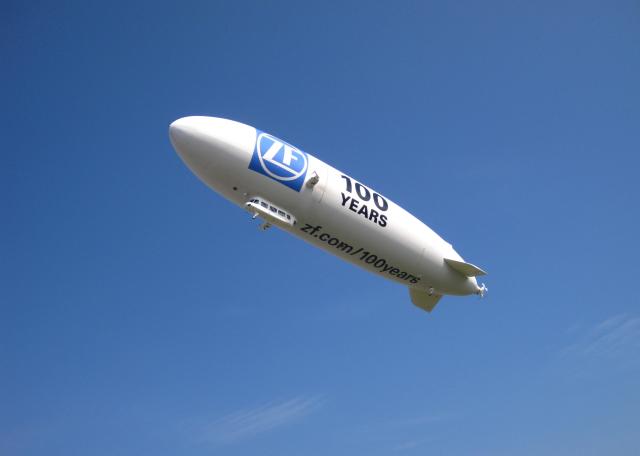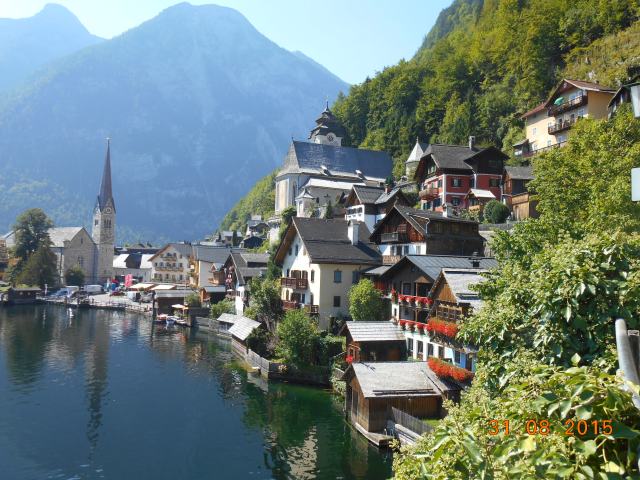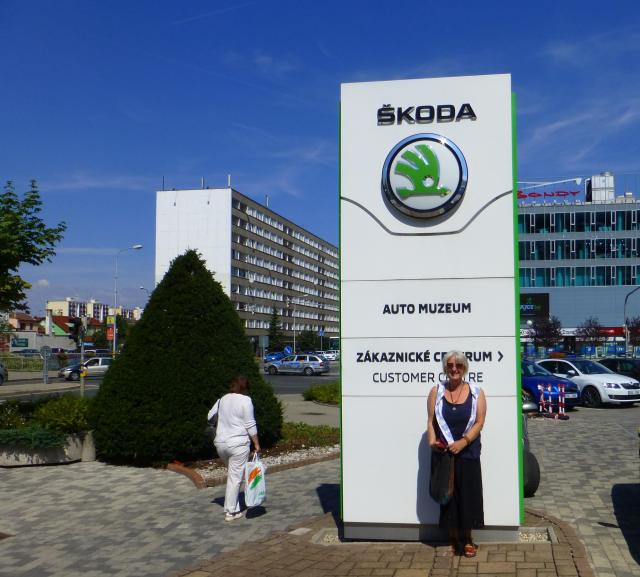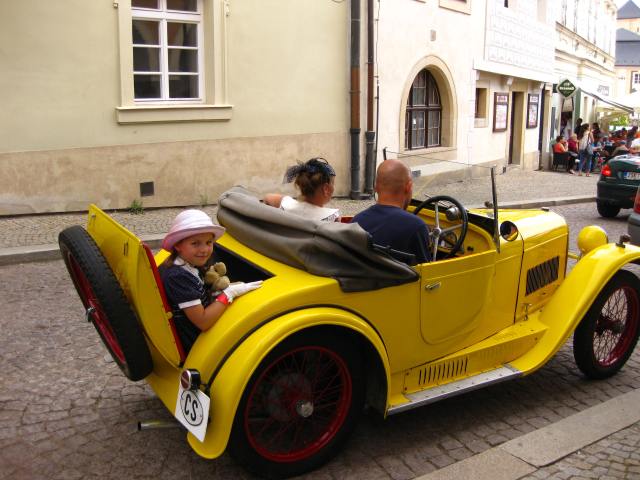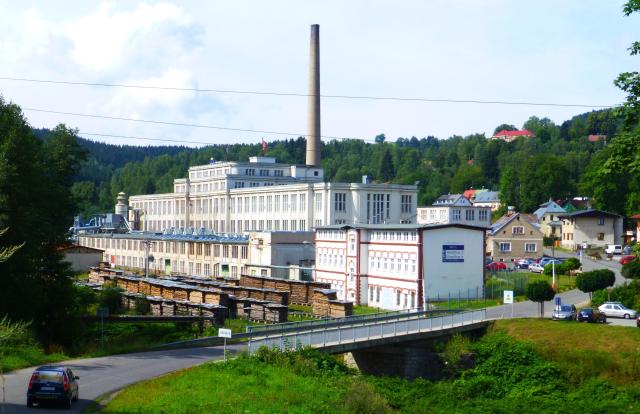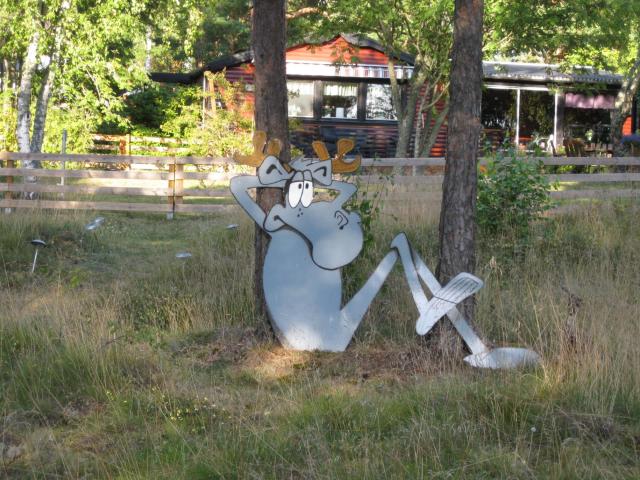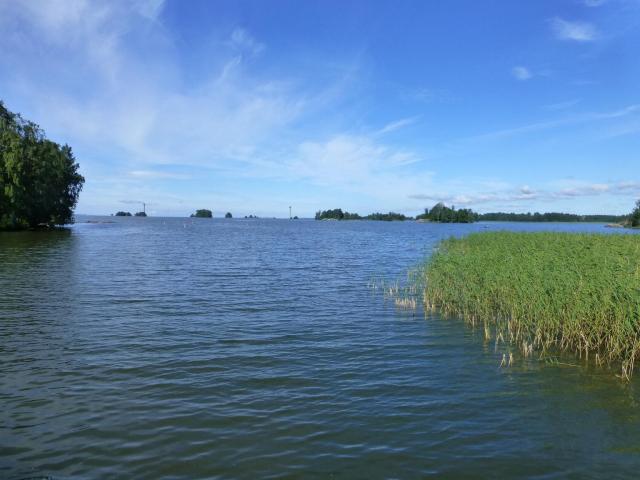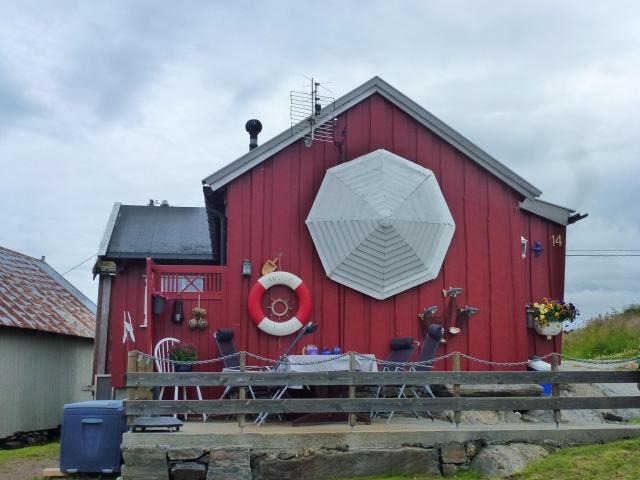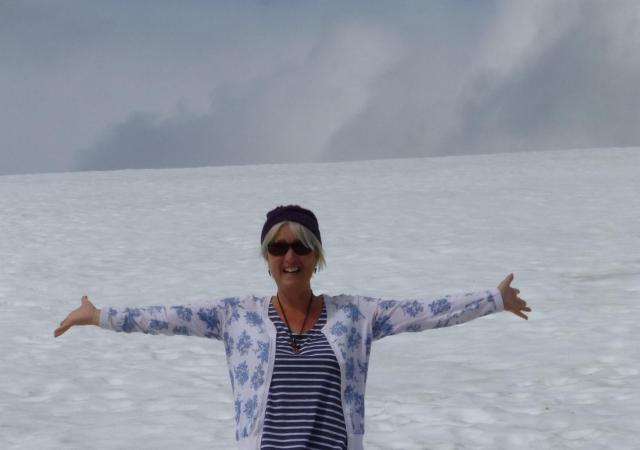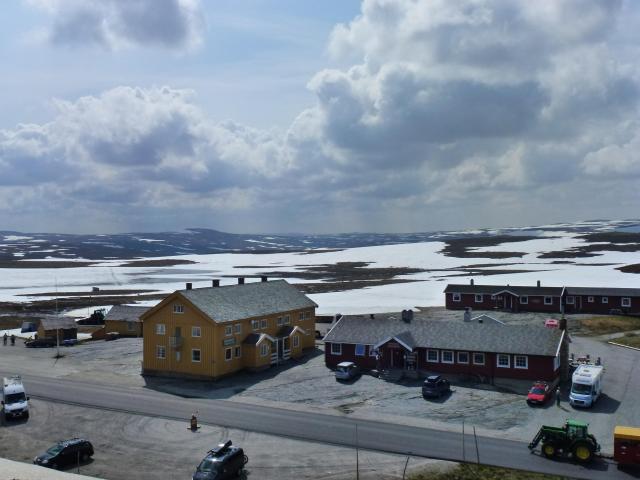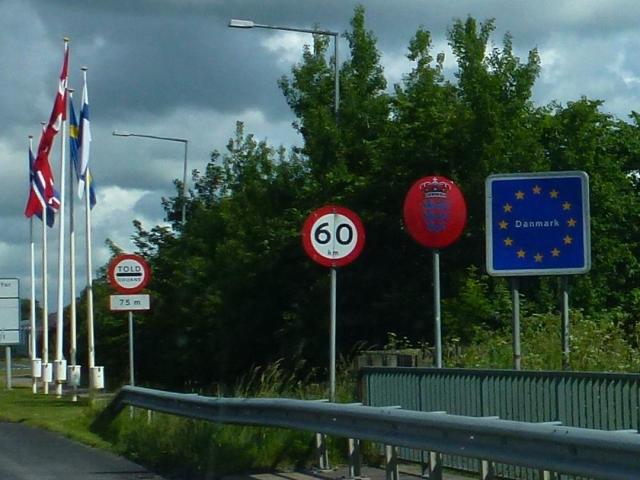Trundling along on our way to the Loire, checked the weather forecast and it showed heavy rain. Not fans of too much driving in the rain so we pulled off at Montmorillon, found the municipal campsite and settled in for 48 hours. As you would then expect we had about 25 minutes of rain! Never mind “tidy Friday” was completed, we had the campsite to ourselves and visited somewhere we had previously never heard of.
Montmorillon is is bi-famous (if that’s a word), firstly for macaroons – there is even a macaroon museum. For the sake of not missing we visited the oldest macaron bakery in town which was established in 1920, Maison Rannou-Métivier. There were some free samples, but not the coloured shinny ones a’la Mary Berry – these were like weird little cakey biscuits. At a price or €15 for 6 tiny cakes – we passed.
Secondly for books, it’s the Wigtown of France. Known as the Citie De L’Ecrit, there are more small bookshops than you could shake a feather quill at, surprisingly even one that specialises in English books. The town is your typical medieval affair, old cobbled street up the hill at the top of which is an 11th century hospital come monastery. One claim they don’t make is for giant sized objects, however we found a few including a fairly large pile of books and a massive bike.


With just over a week left we were planning to spend most of the time around the Loire. We arrived at the white-town of Saumar, a place where everyone seems just a bit too cool and trendy when you have been travelling for 4 months and don’t own an iron! For us it’s the Lake District of France, so many lovely things to see which equals more people than you really want to see doing the same things as you. We did have a quick pit stop for lunch at the chateau, one of the iconic images of the area and worth battling with the crowds to park up outside and brew up.

Chateau at Saumur
We ended up a few km along the river at Turquant. More our style, a small village set just back off the Loire that contains a great number of troglodyte dwellings, many of which are now part of the arts and crafts village. By early evening the village was filling up fast, the small aire we were on was packed to overflowing with more motorhomes arriving late into the evening. The arty people were opening up for the season so a good few had demonstrations taking place in their gardens, their were bands and food-stalls booked for the main opening day, of course that was going to be the day after we left.
We moved off in the morning deciding that further along the Loire maybe quieter. on route we came across the village of Rochemenier, one of the most complete cave (troglodyte) villages in the Loire. The museum is two former farms that were inhabited until the 1960’s. Fascinating to walk through the caves and see how people lived – and we loved that as the family grew the parents just carved out another nook in the limestone walls to place an extra bed. There is a constant temperature of 12 degrees in the caves, so no we wont be moving into one anytime soon :).
We finally found somewhere that took our fancy just outside Angers, on a small island at the town of Les Ponts de Ce. The site had just opened for the season so we spread out and took advantage of having it to ourselves. From outside the gate more fabulous Voie Vert cycle paths, on the first day we cycled along the Loire, miles of cycle path and quiet farm lanes, we hardly saw a soul. We stopped for lunch by a bridge and soaked up the sunshine, looks like the tourists don’t arrive in this area just yet as only us at the picnic area sitting watching the river rush by.
The next day we headed in the opposite direction, along the river for a few miles and then intending to head up and around Angers on the long loop back to camp. Just as we arrived outside the city the heavens opened, being prepared as always (never) we didn’t have any wet weather gear with us. Thus we needed to get back to camp and that meant the route straight through the city. There were cycle paths they but to the French they mean nothing in the city. Bendy-buses are going to win any disagreement over who owns the lane, cars nipping in and out of side streets are also not to be messed with. By the time we were back I was not at all worried about being soaked to the skin – more my nerves were in shreds and I needed a strong tipple to steady them after surviving the French road systems best attempts at taking me off my bike.
With just a couple of days left we hopped over to Brittany to catch up on the the attractions we missed in the fog on the way down. Mont St. Michel has been high on our list to see for a long time, we pulled into the car-park, took the ticket from the barrier machine and were then just a little startled to see the price for parking ping up at €124!!! As we were both climbing back up off the van floor a lovely French mademoiselle came scurrying up on her bicycle to tell us we had inadvertently entered the coach park and needed to move to the next car-park being the one for motorhomes. Even then it was €17.90 and we were sure we could find cheaper.
Mont St. Michel – absolutely worth the return visit
We drove a couple of km down the road to a Camperstop, €10.80 for the night all in – more our range. We took the bikes off and cycled back toward the causeway. We had been told there was a restriction on taking bikes over, but plenty were riding down so we followed suit. Sign of the times I guess, but we were a bit disappointed to see they have built a bridge over the causeway. We cycled over, mixing in with walkers, the local buses and horses and carts, with over 3 million visitors a year time and tide really doesn’t wait for man here – the bridge means its now a constant throng in each direction.
Last few days we have spent along the coast between St. Malo and Cancale, it has been a bit of a culture shock to see so many people. Cancale was packed to the rafters, bars and restaurants all fulled to overflowing with people eating and drinking and not a parking space to be seen. As its known as the oyster capital of France we didn’t feel we were missing out too much on the particular village. From the viewing point above the village we both felt Cancale could easily pass itself off as Tobermory if they used a few pastel paints and moved the church a few hundred yards. From there we drove right around the headland, but with only a couple of days we missed out on so many walks and cycle rides we have decided to go back in the autumn for a few weeks summer holiday.

Cancale
We left possibly our biggest surprise to the very last – St. Malo. Expecting just another port were were stunned at what a beautiful town it is. We hadn’t left enough time to see anything other than quick cursory glance around from the van – another reason to return. The weather has been amazingly kind to us this trip, we have counted less then 8 days rain in just under 4 months. Iain looks incredibly well for all the sun – I on the other hand am suffering from insisting on wearing sunglasses all the time, I bear more than a passing resemblance to Ronnie Racoon!

A picture of health

And so another trip ends, but one always ends with plans for the next one. So it’s back to work, save some money and 2018 we plan to head for Russia, Finland and some more of the Baltics.































